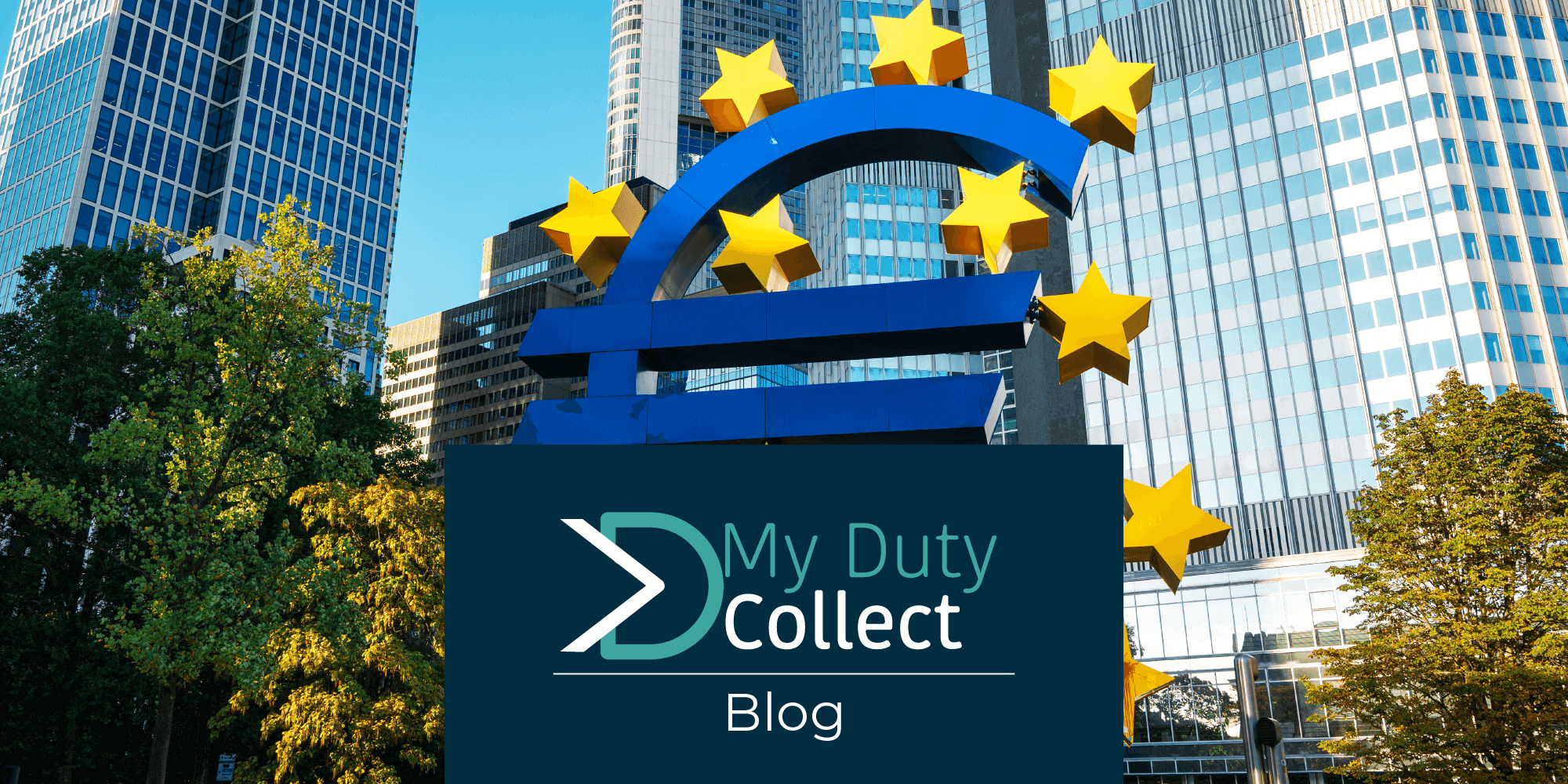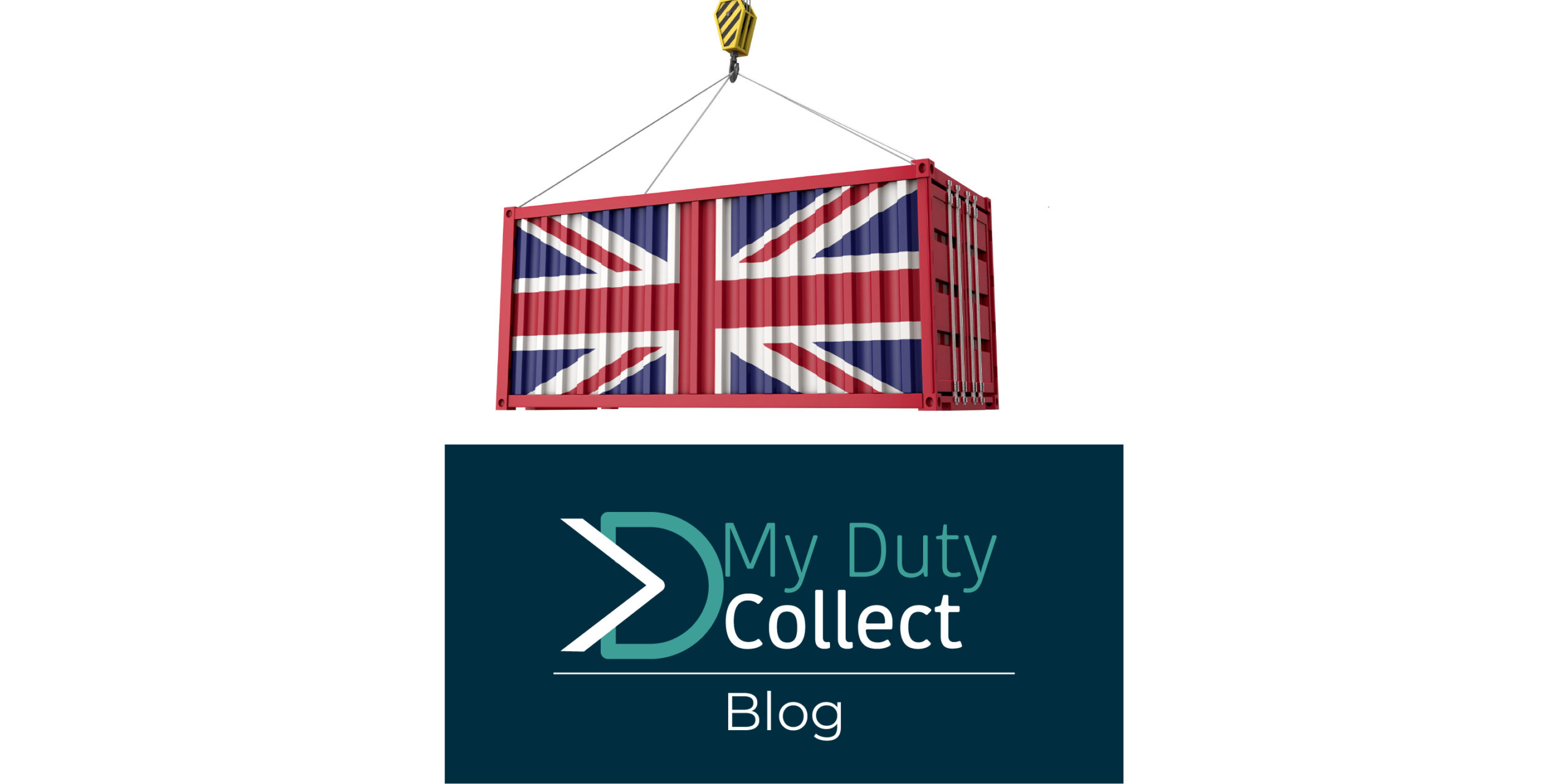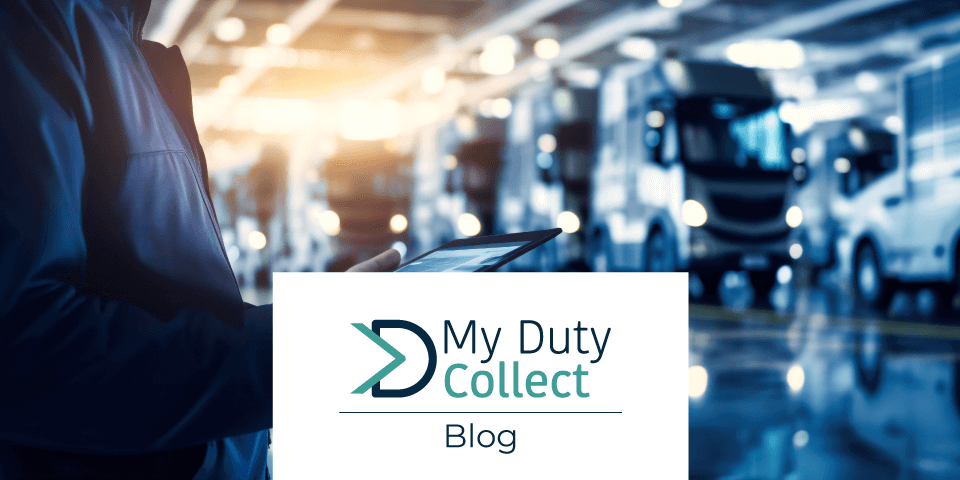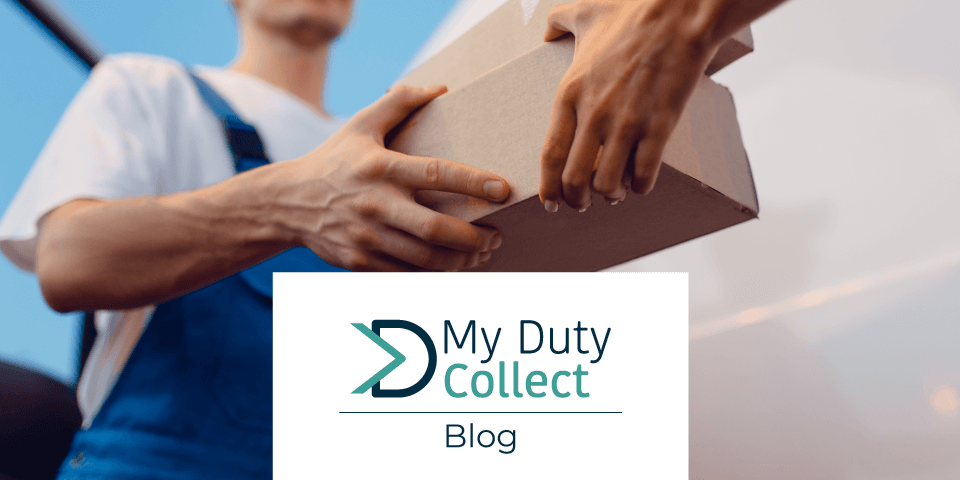If you’re an e-commerce business selling to customers in the EU or the UK, you might have heard about IOSS and Brexit. IOSS, which stands for Import One-Stop Shop, is a new system introduced by the EU to simplify the collection and payment of VAT for cross-border e-commerce transactions. Brexit, on the other hand, is the UK’s exit from the EU, which has significant implications for businesses selling to customers in both regions.
In this blog post, we’ll explain what IOSS and Brexit mean for your e-commerce business and what you need to do to comply with the new regulations.
IOSS: What You Need to Know
The Import One-Stop Shop (IOSS) is a new system introduced by the EU to simplify VAT collection and payment for cross-border e-commerce transactions. The IOSS system came into effect on July 1, 2021, and it applies to all e-commerce businesses selling goods to customers in the EU, regardless of their location.
Under the IOSS system, e-commerce businesses can register with a single EU Member State for VAT purposes and pay the VAT due on all cross-border e-commerce transactions to that Member State. This means that e-commerce businesses no longer need to register for VAT in every EU Member State where they sell their goods.
The IOSS system also simplifies the VAT collection process for customers, as the VAT will be charged at the point of sale and will be included in the price displayed on the e-commerce platform. This means that customers will not be subject to any additional VAT charges when the goods arrive in their country.
Brexit: What You Need to Know
Brexit has significant implications for e-commerce businesses selling to customers in the UK and the EU. Since the UK is no longer a member of the EU, e-commerce businesses must comply with new regulations when selling to customers in both regions.
If you’re an e-commerce business based outside of the UK, you’ll need to register for VAT in the UK if you sell goods worth more than £70,000 per year to customers in the UK. You can register for VAT using the UK’s VAT registration service.
If you’re an e-commerce business based in the UK, you’ll need to comply with new regulations when selling to customers in the EU. This includes registering for VAT in the EU Member State where the customer is located and complying with the IOSS system for VAT collection and payment.
What You Need to Do
If you’re an e-commerce business selling to customers in the EU or the UK, you’ll need to take the following steps to comply with the new regulations:
- Register for VAT in the relevant jurisdictions: If you’re based outside of the UK, you’ll need to register for VAT in the UK if you sell goods worth more than £70,000 per year to customers in the UK. If you’re based in the UK, you’ll need to register for VAT in the EU Member State where your customers are located.
- Comply with the IOSS system: If you’re selling to customers in the EU, you’ll need to comply with the IOSS system for VAT collection and payment. You can register for the IOSS system using the EU’s IOSS portal.
- Update your e-commerce platform: You’ll need to update your e-commerce platform to ensure that VAT is charged correctly and included in the price displayed to customers.
- Keep accurate records: You’ll need to keep accurate records of all cross-border e-commerce transactions, including the VAT charged and paid.
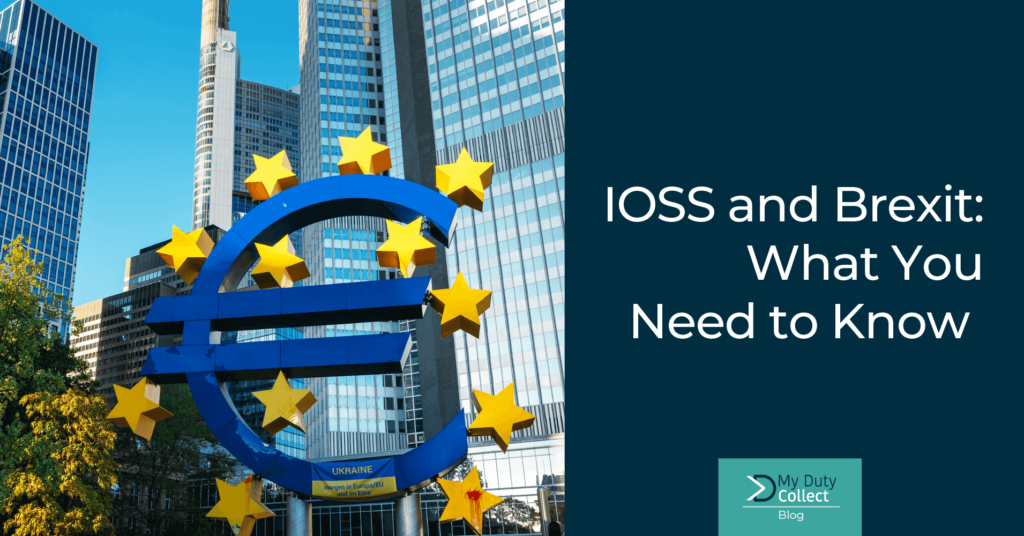
IOSS and Brexit have significant implications for e-commerce businesses selling to customers in the EU and the UK. To comply with the new regulations, e-commerce businesses will need to register for VAT in the relevant jurisdictions and comply with the IOSS system
Subscribe to our blog and visit our website and LinkedIn page for more updates. You can also reach out to us by sending a message to info@mydutycollect.com. We will be delighted to hear from you.
